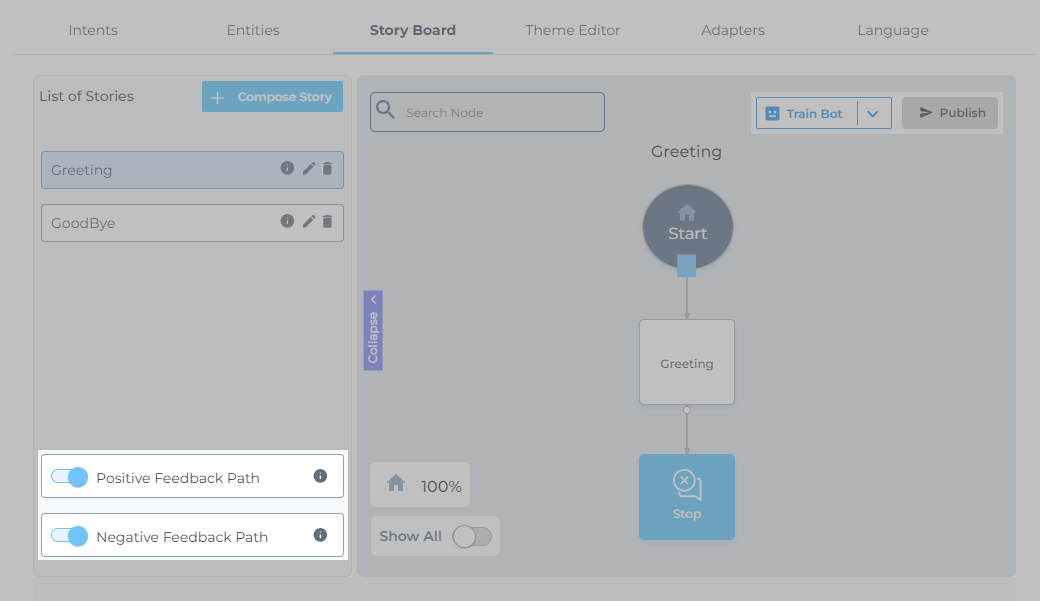SUVA Q1 '24 Release Notes
Starting in 2024, SUVA is moving to a quarterly release cycle. The first quarterly release (Q1 '24) focuses on utilizing large language models to generate training data for your chatbot and on closing the conversational loop with chatbot users. To this end, you will see new functional capabilities, including Generate Utterances and LLM Usage Dashboard.
Generate Utterances
The application of Large Language Models (LLMs) has expanded from simply generating chatbot responses to also generating chatbot training data.
SUVA administrators can now produce relevant utterances (up to 50) for SUVA agent intents. To generate LLM-powered synthetic utterances, the system requires a minimum of five utterances that you, as an admin, must add. These utterances will set the context for the LLM(s).
With this new feature, administrators can broaden the scope of their chatbot training data, saving time and effort involved in manually inputting utterances.
Related Doc. Add Intents and Utterances
KNOWN ISSUE. While the utterances are being generated, make sure you do not refresh the screen. Refreshing the screen stops the process and utterances are not generated.
Usage Dashboard for LLMs
Usage Dashboard has been introduced for the large language models integration in this release. It provides Admins a place to track token consumption and thus, measure the costs the large language models integration with SUVA incurred.
Related Doc: Large Language Model (LLM) Usage Dashboard
Chatbot Conversational Flow
In a conversation with an LLM-powered chatbot, each response from the chatbot solicits user feedback. A new mechanism has been introduced to better manage conversations following user feedback, which can be positive or negative.
If a user shares negative feedback, the chatbot offers several assistance options. Users can choose to speak with a live representative, or they can opt to create a support case. All of this can be configured from the SUVA admin panel.
Using the two stories, Positive Feedback Path and Negative Feedback Path, you can define how chatbot should engage with the users based on their feedback.
Related doc: Story Board and User Feedback
Enhancements
-
Auto-Population of Case Details
If case creation is enabled on the SUVA chat window via Salesforce, this feature is for you. Based on the chat interaction, this feature auto-populates the Subject and Description when a user goes to creating a case. Only thing an end user has to do is to verify the details and click Submit to create a case. An illustration of it as shown in the image below:
NOTE: This feature is currently available only for chatbots operating in English (en). Support for additional languages is under development
-
More Relevant Reference Links
The relevance of reference links shared in SUVA chatbot responses has improved significantly. LLM-powered SUVA chatbots now offer high-quality, accurate, and contextually relevant reference links.
Bug Fixes
Update on Saving Empty OpenAI Key Fields
A known issue prevented users from saving an empty OpenAI Key field when they attempted to replace a key. This issue has now been resolved. Users can save their settings even if the OpenAI Authentication Key field is empty.
Last updated: Thursday, September 25, 2025



